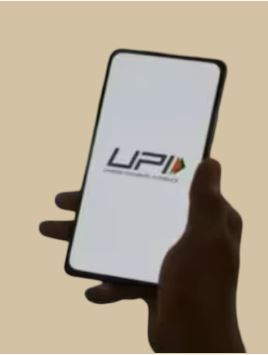India’s digital payment ecosystem, powered by the Unified Payments Interface (UPI), faced an unprecedented challenge on April 12, 2025. A nationwide outage disrupted the daily financial routines of millions, exposing vulnerabilities in the system that has transformed how India transacts.
A Jarring Pause for India’s Digital Economy: UPI Outage on April 12, 2025
The Backbone of Payments Falters
The UPI outage affected major platforms like Google Pay, PhonePe, and Paytm. Users across the country reported failed transactions, transfer delays, and error messages. Many were left stranded, unable to pay for groceries, cab rides, or even essential bills.
This disruption was particularly difficult for urban dwellers who rely heavily on UPI. In contrast, rural areas still using cash payments faced limited challenges. However, the incident highlighted the risks associated with overdependence on digital systems.
Social Media Reacts to #UPIDown
Social media quickly erupted with frustration and humor. The hashtag #UPIDown trended nationwide, with users sharing memes and venting their complaints. Many expressed disbelief, as UPI outages have become increasingly frequent.
One post read, “Today’s struggle is real—when technology fails, we’re left awkwardly holding up the line!” While the humor softened the blow, the overwhelming sentiment called for immediate solutions to avoid recurring issues.
NPCI’s Official Statement
The National Payments Corporation of India (NPCI), which oversees UPI, released a statement acknowledging the situation. Officials cited technical difficulties caused by a surge in traffic. They assured users that teams were working to restore services quickly.
Despite their efforts, this marked the third major outage within a month. Concerns about UPI’s scalability and reliability are now driving discussions among experts and policymakers.
Impact on Small Businesses
While the outage inconvenienced individual users, its impact on small businesses was even more severe. Many merchants depend entirely on UPI for transactions, and today, sales stalled. A street vendor in Hyderabad lamented, “Everyone uses UPI for even small payments. When it doesn’t work, we lose customers.”
Some businesses were forced to turn back to cash payments temporarily. This was both a logistical challenge and a reminder of how deeply integrated UPI has become in everyday commerce.
The Road Ahead: Building Resilience
This outage underscores the need for a more resilient payment infrastructure. Experts are urging the adoption of diversified payment options, including cash, credit cards, and even alternative digital systems. Policymakers are exploring solutions to ensure stability as digital payments continue to grow exponentially.
India’s push for a cashless economy is a beacon for the future. However, incidents like this serve as a reminder that technology can falter. Robust systems and contingency plans are essential to prevent financial disruptions on such a scale.
With shorter sentences and strategic subheadings, this version ensures readability and clarity while maintaining originality. Let me know your thoughts!
